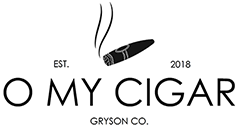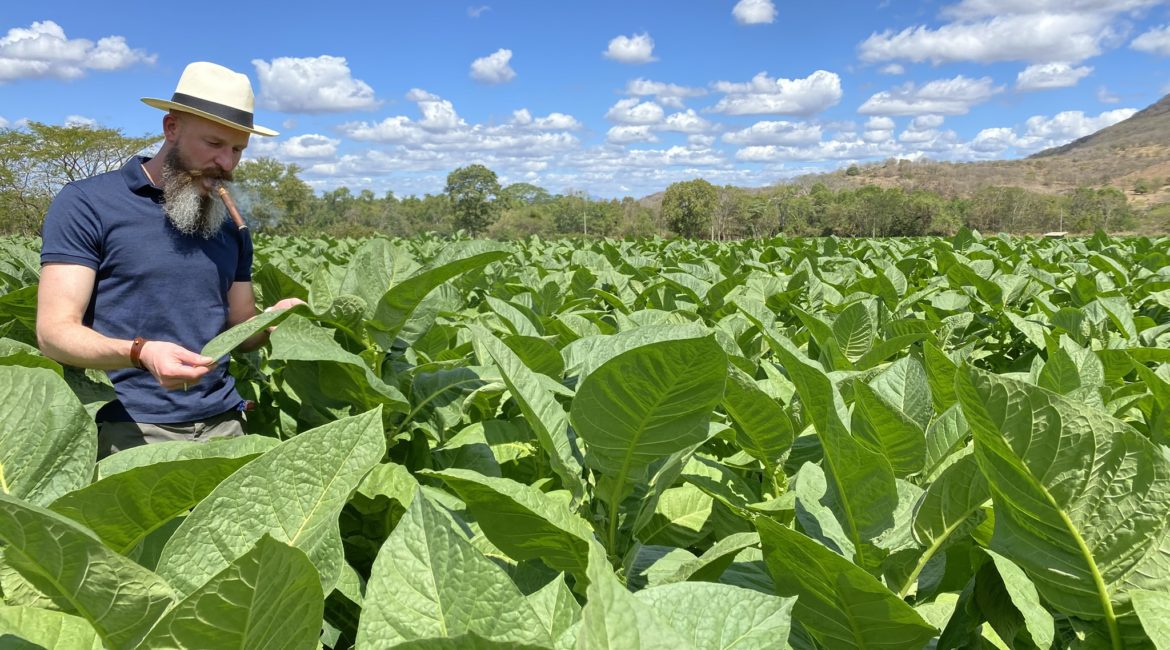
The process of making the best premium cigars in the world starts in the tobacco fields. This is where the transformation from a small seed to a lush plant begins, eventually becoming a premium cigar. Start your own journey by learning about planting and harvesting tobacco.
THE PROCESS
FROM SOIL TO CIGAR
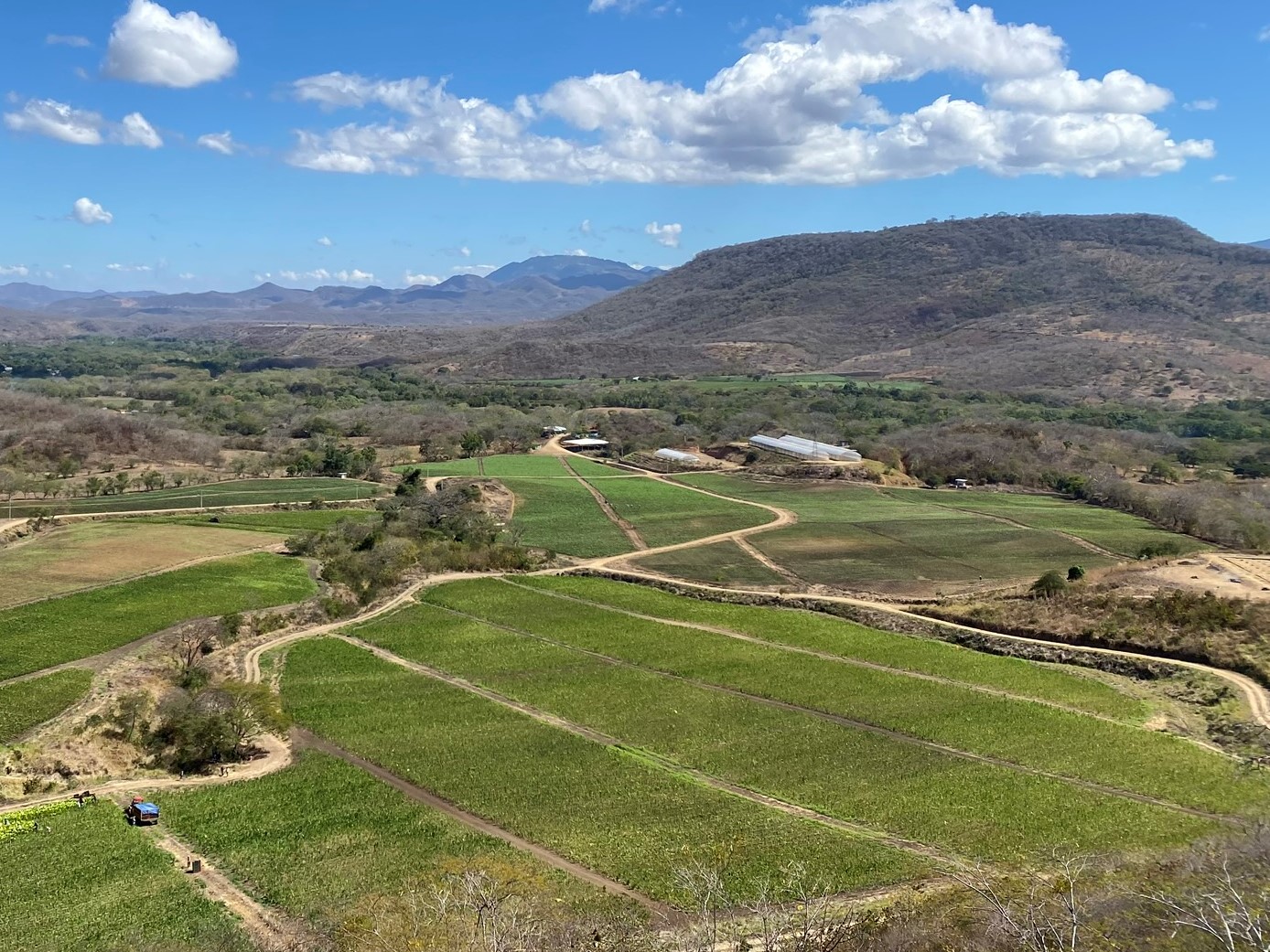
To make great cigars, you need great tobacco. By the time a handrolled cigar reaches you, it will have passed through more than 300 pairs of hands and the tobacco used to make it will be at least a couple of years aged.
SOWING
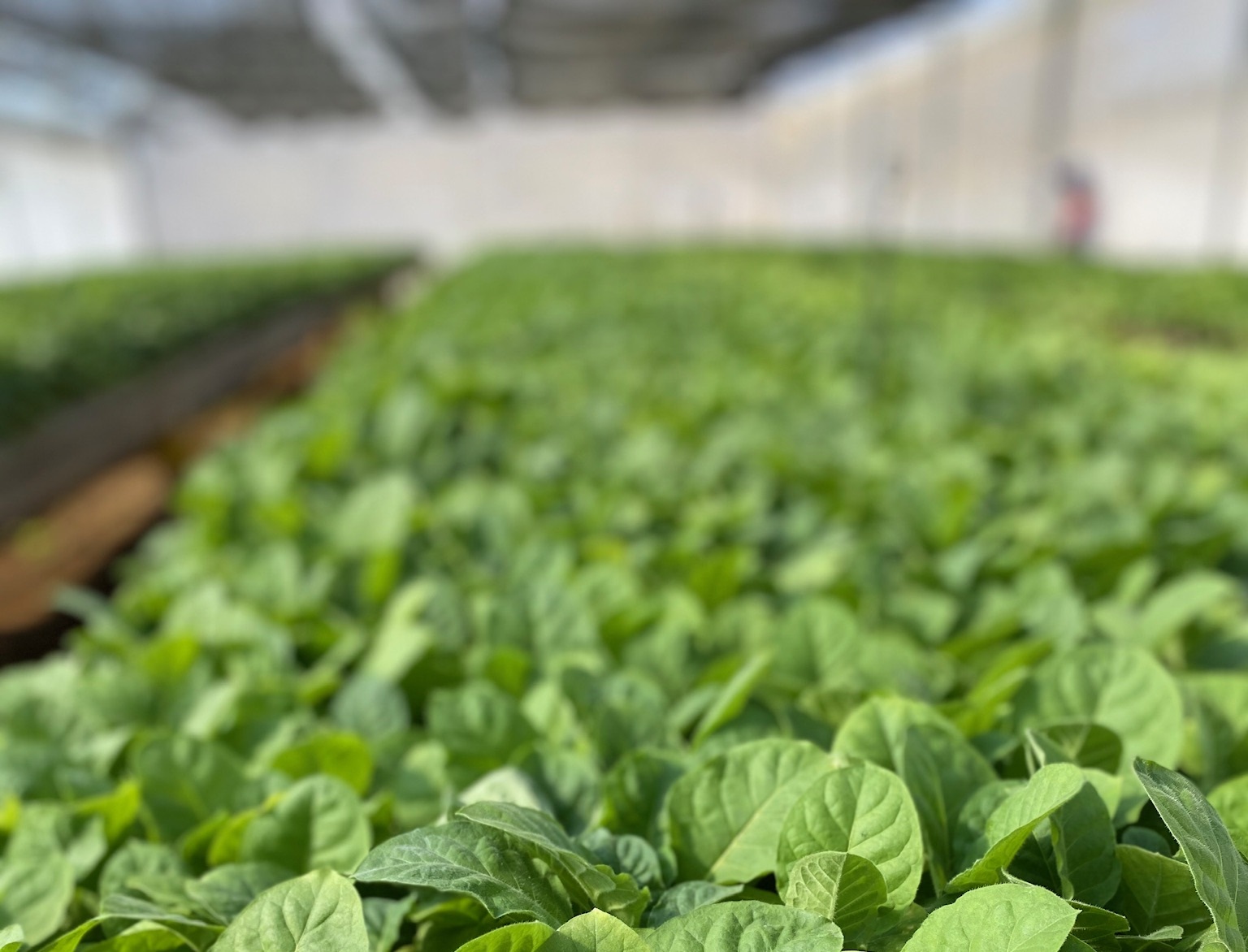
Between the months August and September in South & Central America and the Caribbean, or April and May in Connecticut, the complicated process of planting tobacco begins. The fields are ploughed to ensure good soil loosening and good drainage. Traditionally, the farmers sow manually the small dark brown tobacco seeds. Just like in a garden, the seeds are then planted at regular intervals to ensure the growth of the plant is not hindered. Different seeds are planted in each of these cells to ensure growth. As with all other crops, tobacco plants must be carefully maintained to keep them growing and healthy. After 45-50 days and after much attention, the seedlings have grown and are ready to be planted in the fields.
PRIMING
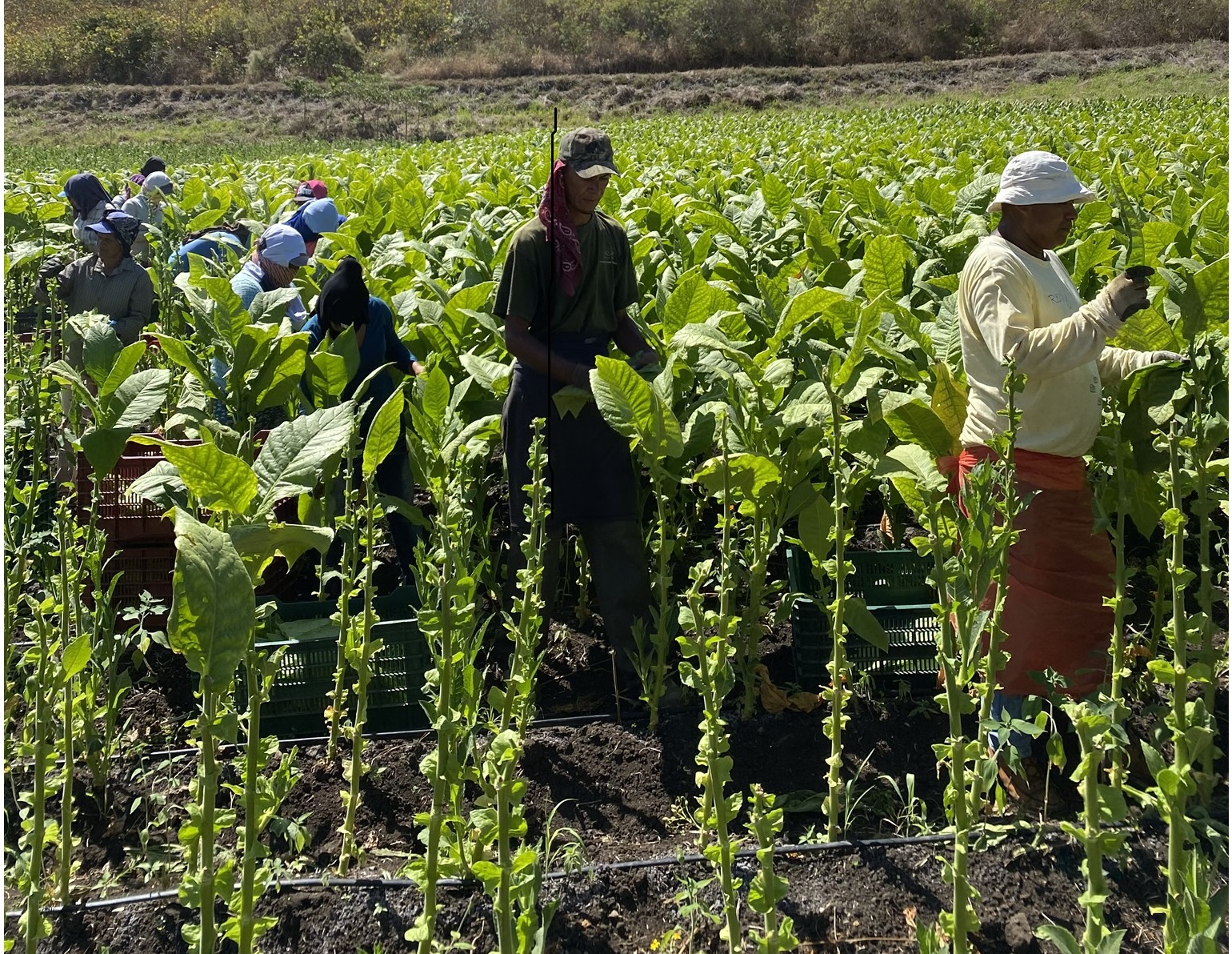
After 50, to 70 days, depending on several factors, the crops have grown enough to start harvesting. The plant matures from the bottom to the top, producing 2 to 3 leaves at each priming level. When the central stem starts to turn yellow and the leaf goes down by weight, the leaf is mature and ripe for harvesting. Leaves at the same height of the plant have the same characteristics and are harvested at the same time. This process is called “priming”. Three to seven days pass between each priming to ensure the leaves are mature and ready for harvest. After the leaves are harvested, the rest of the plant is cut down and incorporated to the soil to serve as fertilizer for the next batch of tobacco plants.
CURING BARN
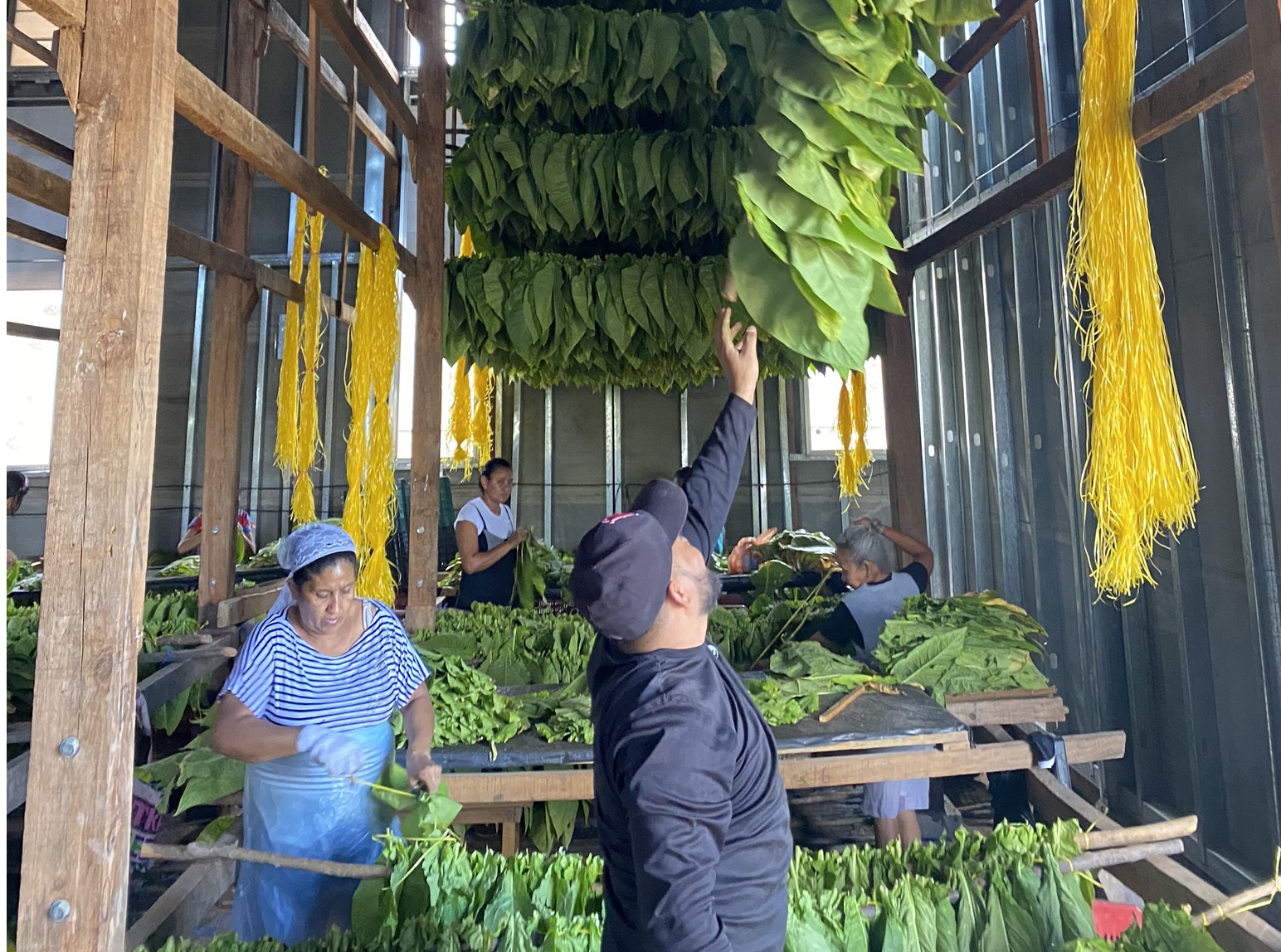
Once the primings are complete, the leaves are taken to the tobacco curing barn to undergo the curing process, where the tobacco will be dried and conditioned naturally. Planting and harvesting tobacco is a long and complex process; but with the right combination of growing conditions, high-quality seedlings and the knowledge of the tobacco growers this will result in some of the best tobacco leaves in the world.
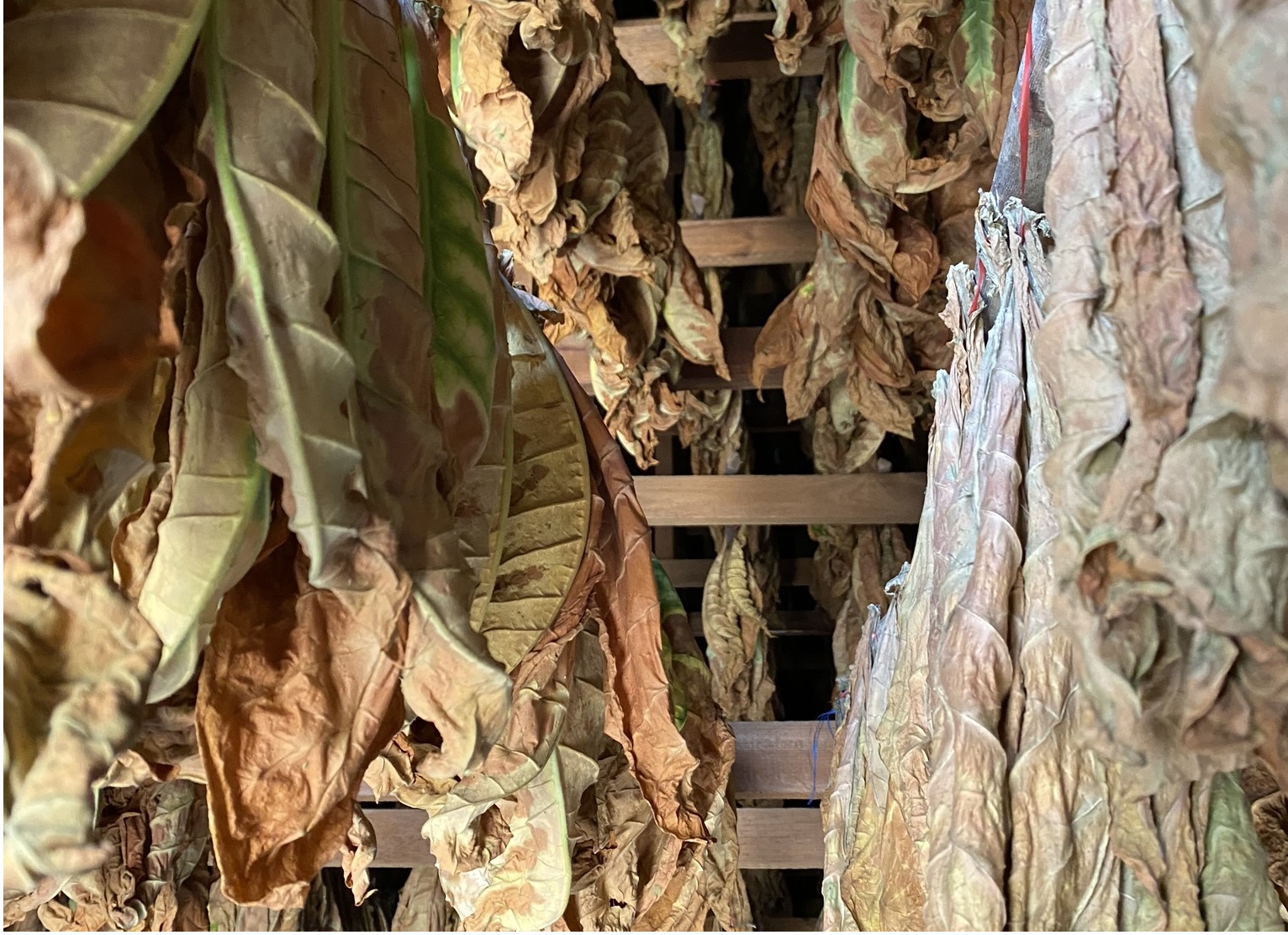
During the curing process, the tobacco leaves lose about 80% of their water weight. The colours of the leaves change from bright green to matte green, yellow, orange and finally golden brown or dark brown. Wrapper leaves are very delicate and the most expensive leaves of a cigar. Therefore, they are cured in separate areas where humidity and temperature are closely monitored. Several factors can influence the colour of leaf, including seed variety, plant position or texture and climate (wet or dry harvest, moist or dry curing process).
PILONES
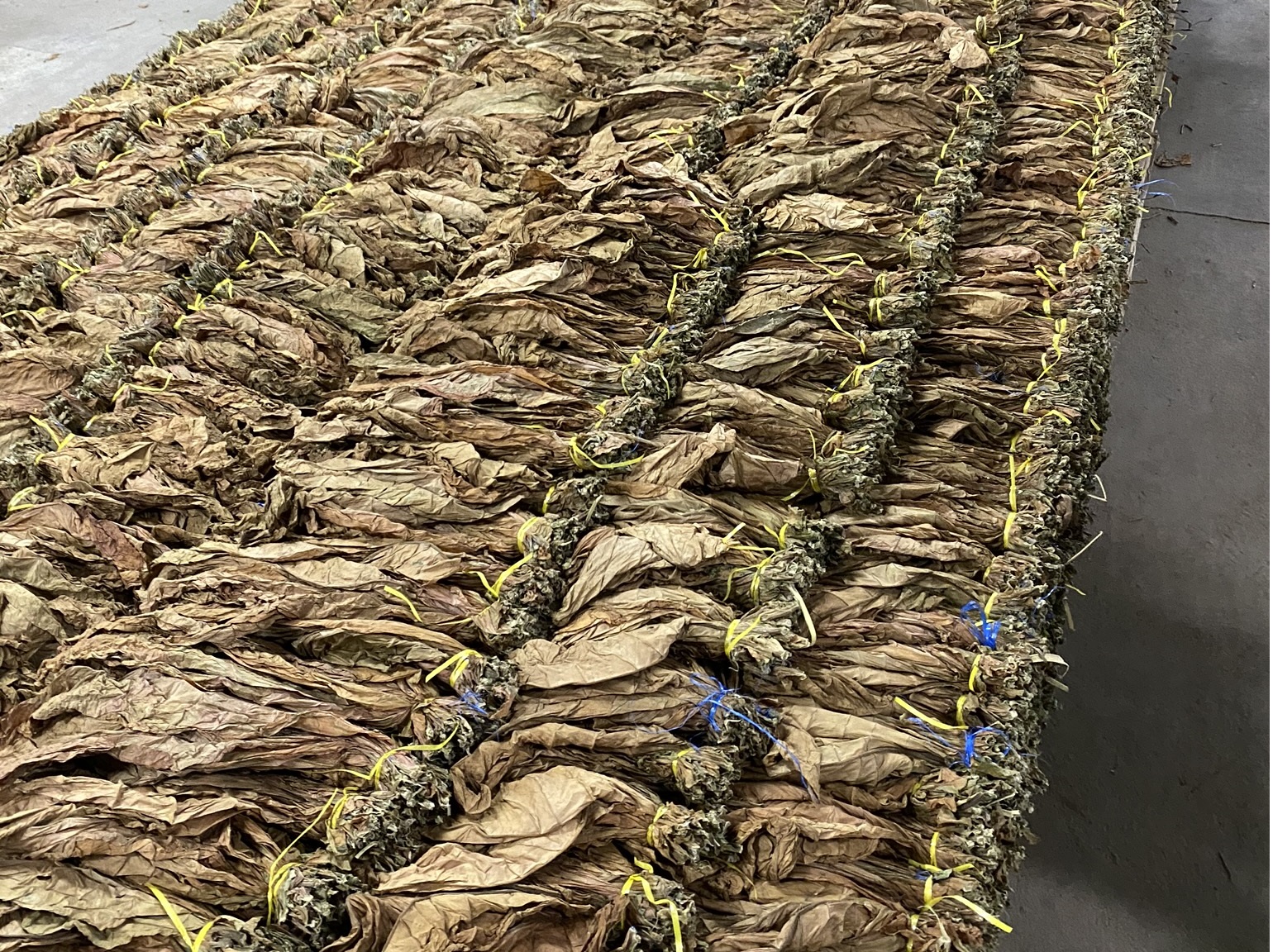
After completing the curing process, the tobacco leaves are lowered and bundled into bundles of 40 to 50 leaves tied together on the stems. These bunches are called “manos” or “hands” because the bunch of leaves can be held in your hand. The “manos” are stacked in large piles (or pilons) where maintaining moisture and temperature is key. Fermentation is a chemical, biological and enzymatic reaction caused by the conditions inside the pilon. The weight of the pilones together with some added moisture (water) generates heat, that produces a natural transformation of the chemical components of the leaf through oxidation and liberation of natural compounds, in what we call the fermentation process. This process transforms the flavors and aromas of the leaf.
MOJA DE CAPA
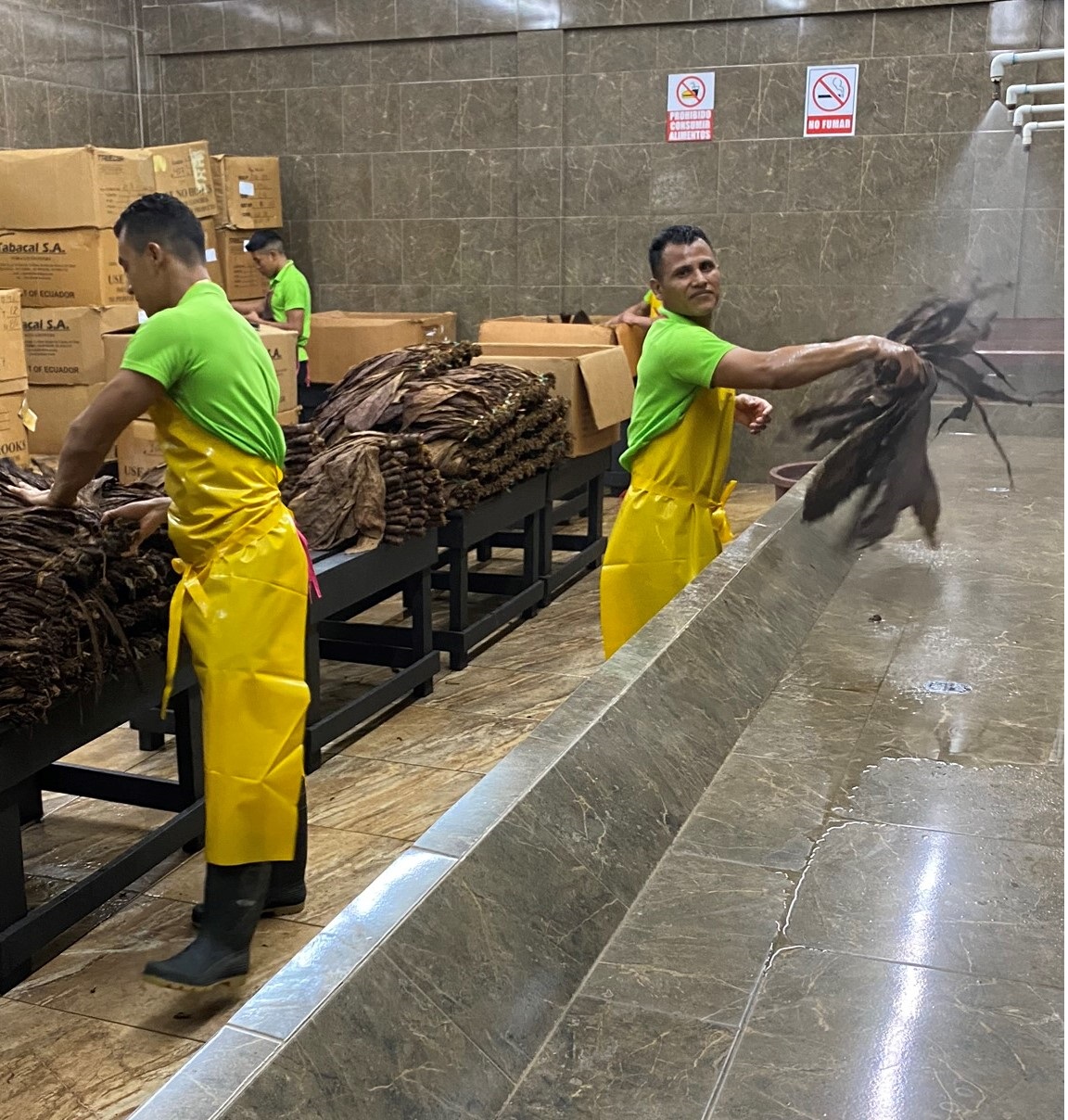
The wrapper leaves are moistened as to separate the leaves that were stuck together due to the pressure of the weight in the pilones process. A moist leaf is more workable and easier to roll and wrap around the cigar.
STRIPPING
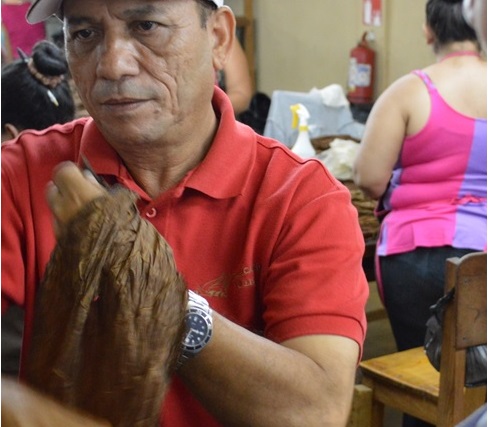
The wrappers ready and needed for production are now stripped of the primary vain and again classified. Filler tobacco goes through a process called “frog stripping.“ When fermentation process is about to finish.
Workers use this technique to remove part of the central vain of the tobacco leaf. The leaf is now looking like frog legs. The wrappers are usually stripped at the factory later.
SELECTION & SORTING
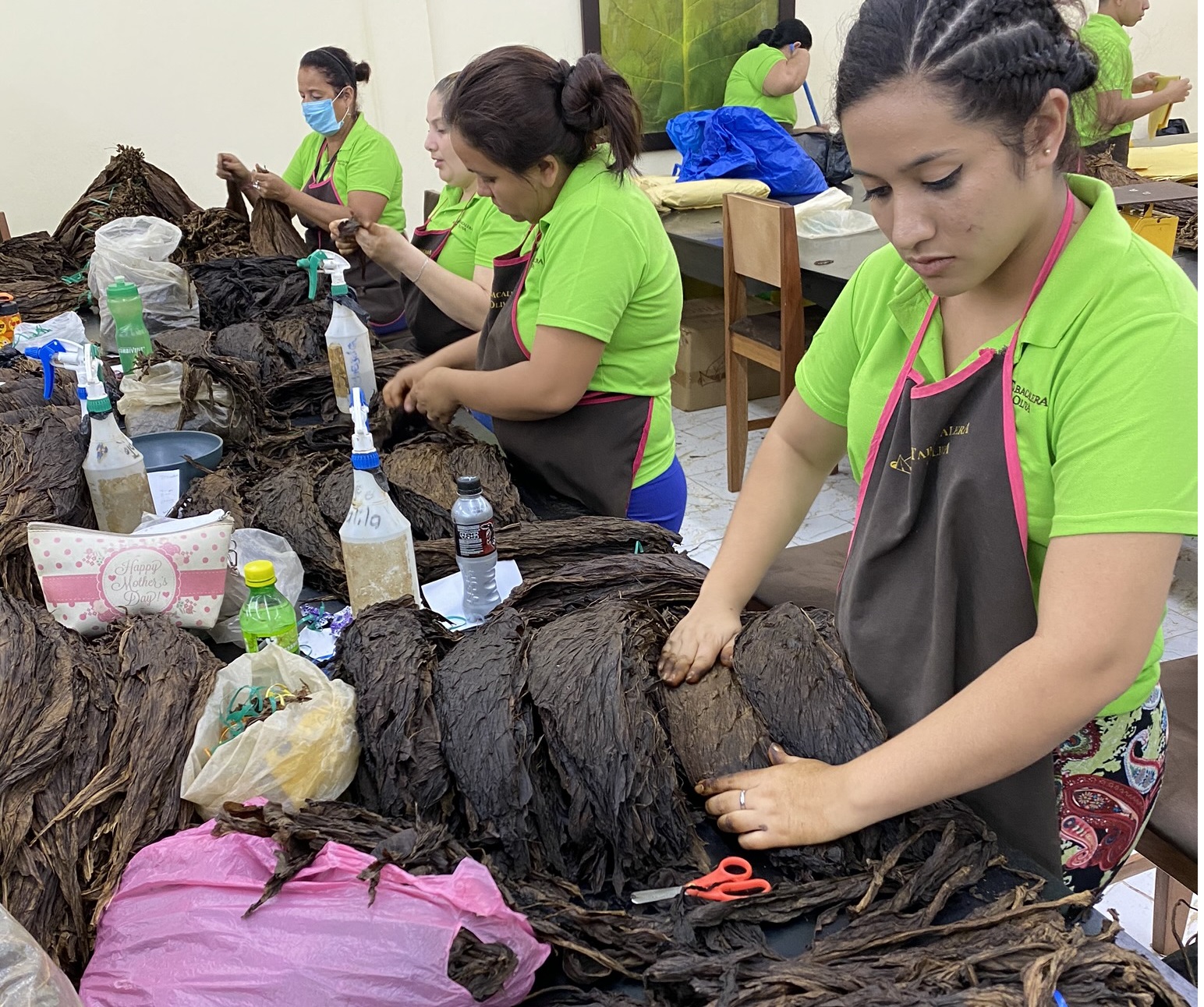
Sorting tobacco requires an expert eye and a lot of skill. The tobacco leaves are classified by size, colour and quality. This allows blenders to identify the type of tobacco they use for rolling each blend of cigars.
Size:
It is important that the rollers have tobacco leaves that match the specific size of the cigars they roll.
Colour:
Grouping leaves similar in colour is important for overall brand consistency and presentation in the cigar boxes.
Candela, Claro, Colorado Claro, Rosado, Colorado Maduro, Maduro, Oscuro
Quality:
The tobacco leaves are carefully checked every step of the way to eliminate any imperfections.
BONCHERO & ROLERO
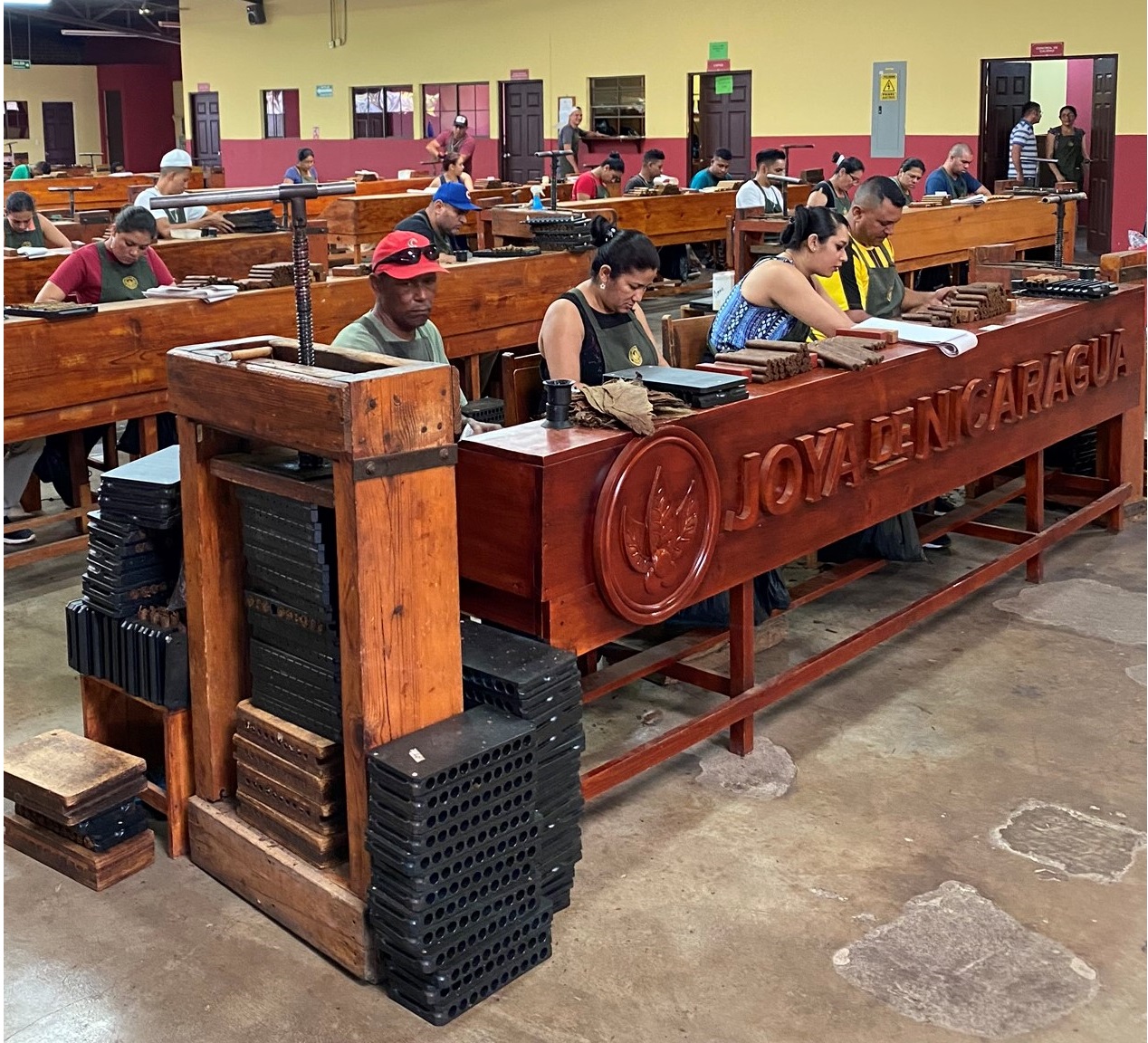
As soon as the tobacco arrives at the cigar factory, the last part of the journey has started to become a premium cigar. It is a melange of cigar tobacco assembled by cigar masters, handcrafted by skilled rollers and checked over and over to ensure the best quality before the cigar reaches your humidor.
QUALITY CONTROL
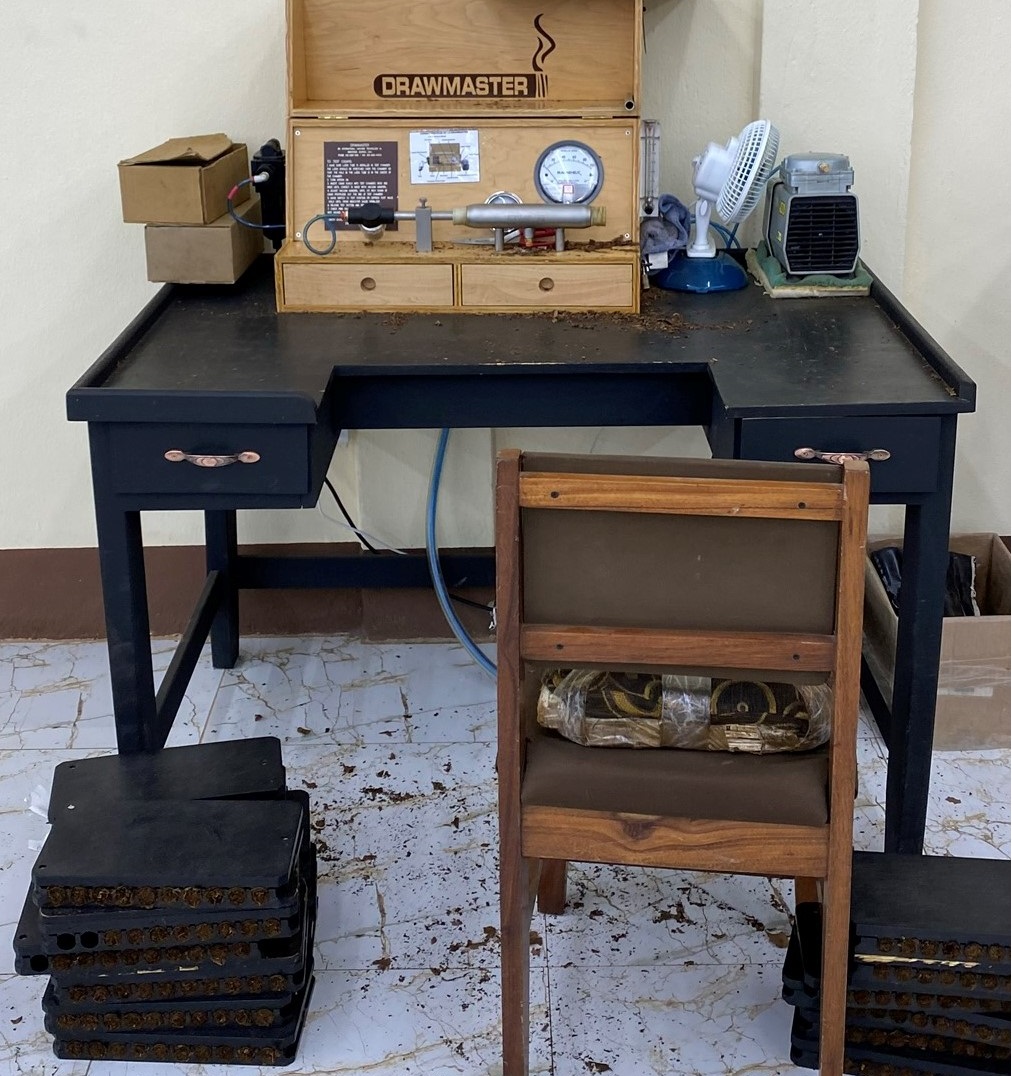
Once the bunches have finished their time in the mould, they are draw tested on a special machine called a Drawmaster. This machine will suck air through every single cigar bunch to check the draw is in the correct range. If a cigar fails this test, they are rejected. Finished cigars that vary too much in colour or have spots are sold as factory seconds. Finished cigars whose wrappers are either too light or dark for intended brand are also sold on as factory seconds. The unfinished cigar is then passed onto the rollers to apply the wrappers.
CIGAR AGING
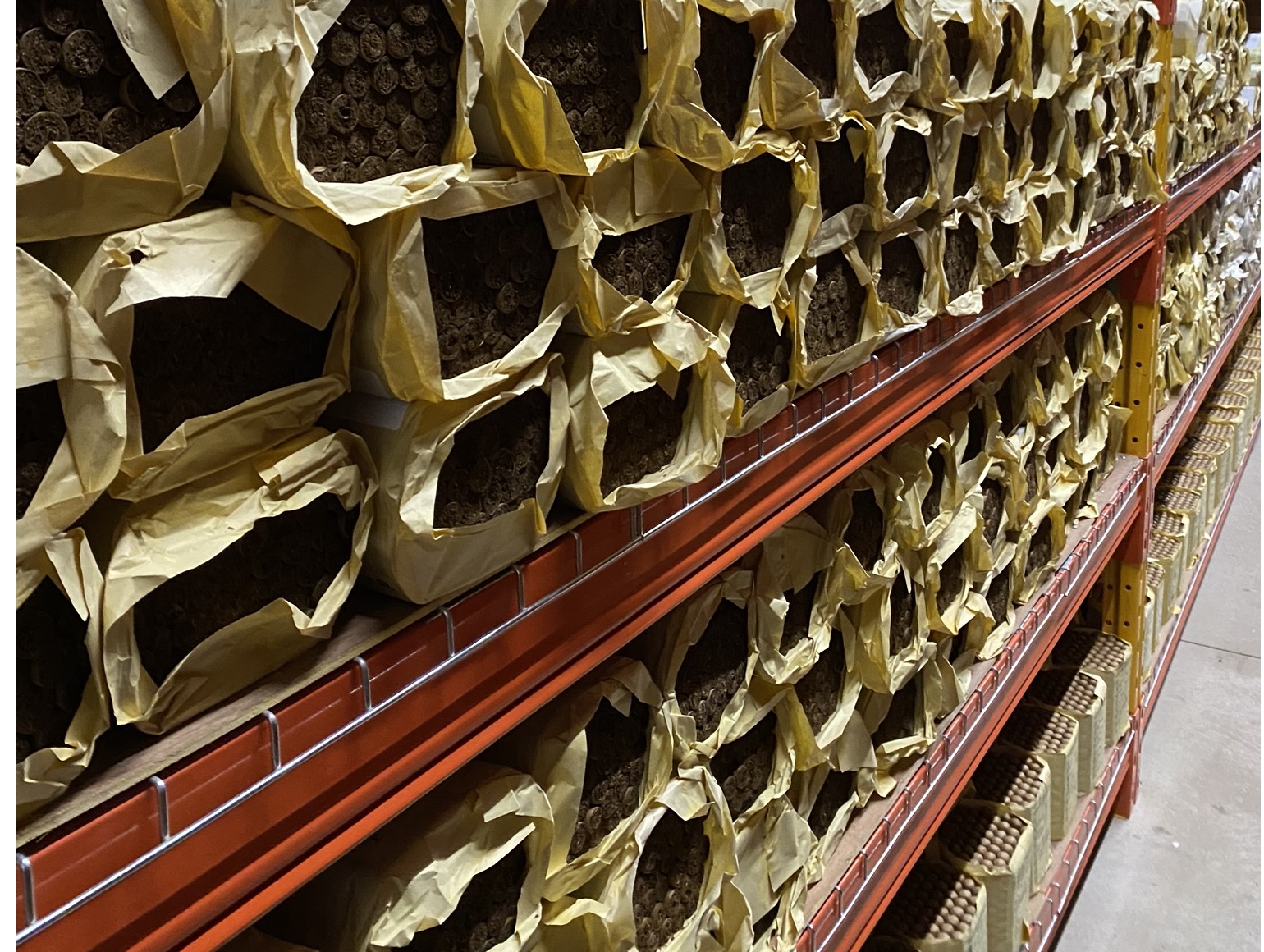
Premium cigars need aging, even after they are rolled. In most cigar factories the tobacco has already been aged for an extended period before it is actually rolled into a beautiful cigar. The finished cigars are stored in an aging room from three months to an additional year, and in some cases even longer. Of course, the aging time, both before and after rolling, is determined by the master blender based on his experience with the particular tobaccos he’s using in the blend. The key here is giving the tobaccos in the blend enough time to properly age and harmonize in order to achieve the master blender’s goal in terms of strength, body, flavour and aroma.
PACKAGING

The Cigar box and the cigar ring. Some are very glamourous others are more basic; our eyes are drawn to them, and our mind is drawn to form an idea about the quality of the premium cigars. Cigar boxes are a storage unit and a marketing tool. It is not an easy job to carefully equip each cigar with a cigar ring, cellophane and fill the boxes carefully. Each box should be filled with cigars of the same colour and without visible defects.
FROM SOIL TO CIGAR
SOWING
PRIMING
CURING BARN
PILONES
MOJA DE CAPA
STRIPPING
SELECTION & SORTING
BONCHERO & ROLERO
QUALITY CONTROL
CIGAR AGING
PACKAGING
